It’s been an interesting month for me. Some of you might be aware that I hold the position of self-build representative on the National Custom Building and Self-Building Association (NaCSBA) executive committee.
This month I took a step up and became the interim Chief Executive, which means I get to do a bit more of the spadework with government. I’ve been to the Department for Communities & Local Government (DCLG) twice in the last couple of weeks and I have plenty to report.
I’m delighted to say the DCLG are enthusiasts when it comes to promoting self and custom building. It was encouraging to hear how government sees the expansion of the sector as a way to meet housing targets.
I suspect they recognise the benefits that accrue from gentle expansion through small, well-designed developments across the country – avoiding the uproar that accompanies talk of creating new towns or parachuting in massive carbon-copy estates full of soulless boxes.
I took the chance to voice my concern over the Section 106 situation – the policy guidance exempting developments of 10 houses or less from potentially crippling affordability levies was recently overturned following a legal challenge. The DCLG is appealing the decision, but as for timescales – who knows? The matter is down to the courts and how quickly they can process it.
At another meeting, I was invited with several representatives of the construction sector to look at ways of freeing up the market and reducing the red tape that prevents new homes from being built as fast as the government would like.
The main political parties all promise to provide new housing stock, but it’s proving a tough nut to crack. The big builders don’t seem to have a shortage of potential plots and, at the moment, finance isn’t an issue either, because constructing and selling houses is still a lucrative business. The major players decide when to develop and sell to keep demand ahead of supply, thus maintaining high prices.
The biggest stumbling block was the planning process, and Section 106 was a key issue – even for larger developers. Jumping through the hurdles of a system dominated by vested political interests and labyrinthine policies that vary from council to council adds time, cost and frustration to the process.
There was a desire for nationally standardised policies and a reduction in red tape, especially over environmental and ecological issues. The big boys have the same issues as self-builders, just on a larger scale and with more noughts on the end. Let’s hope they heard us.
I was sad to see Emma Reynolds decided not to continue as shadow housing minister. She understood and supported the idea of a Right to Build. Her replacement, John Healy, is somewhat worryingly on record as saying in 2009 that “home ownership has been dropping, and I’m not sure that’s such a bad thing.”
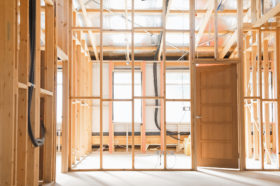































































































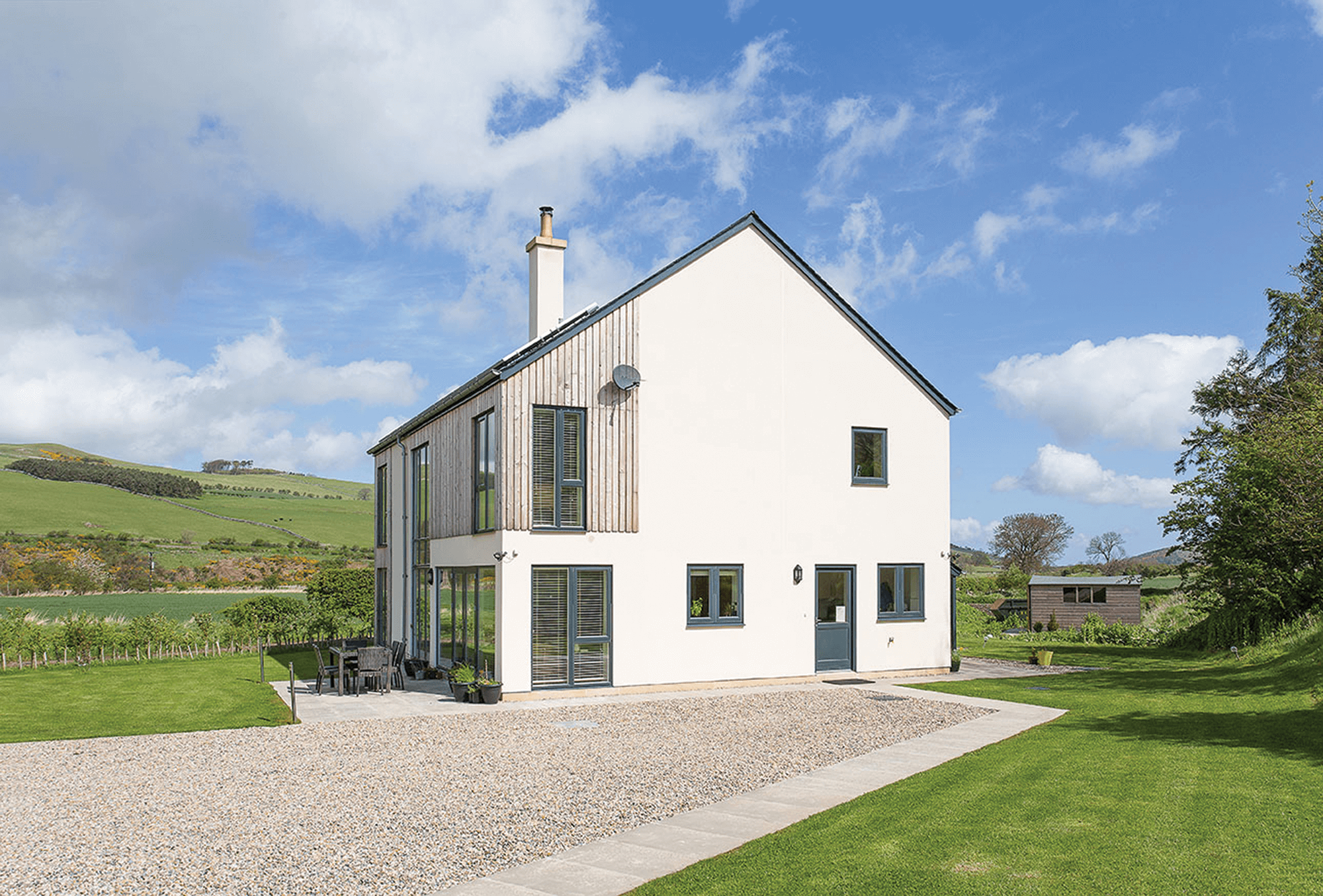
 Login/register to save Article for later
Login/register to save Article for later


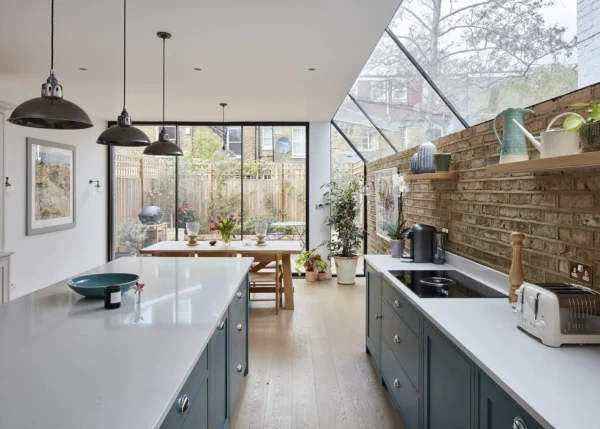

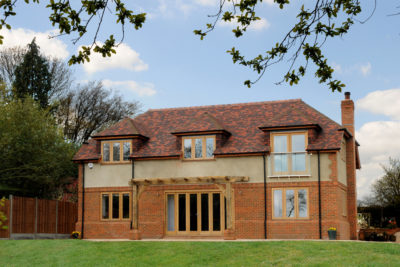
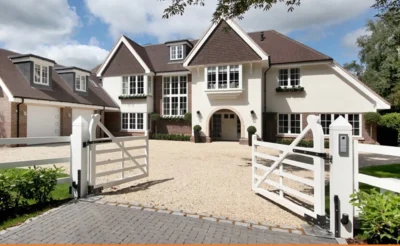







I fell through the gap
I fell through the gap between Hastings Borough Council deciding to levy a Section 106 charge on all developments, including single houses and the charge being ruled illegal. I claimed that the house I am building was going to cost more than the market value it could achieve (because the area I am building in is depressed) and I therefore shouldn’t be made to pay. But the Council insisted on getting the District Valuer in to value the house. He agreed with me, so I didn’t have to pay the levy, but this process cost me nearly £1,000. Now I understand from my architect that HBC is again imposing this levy, because of the court decision. I think it is outrageous to levy this charge on individual self-builders, who are building homes for themselves to live in, when it was intended for developers of estates to contribute towards schools, parks, street lighting and other essential services.
Susan Colwell